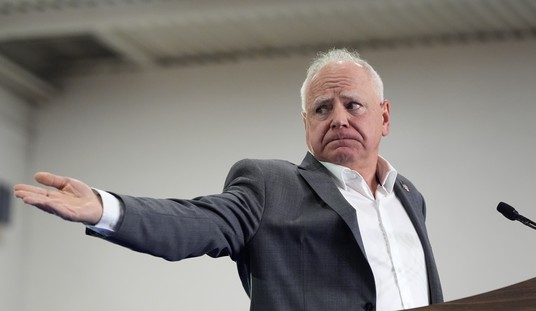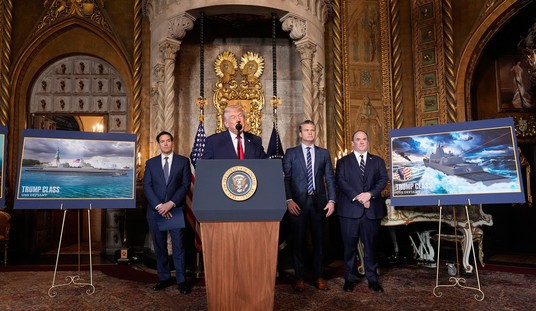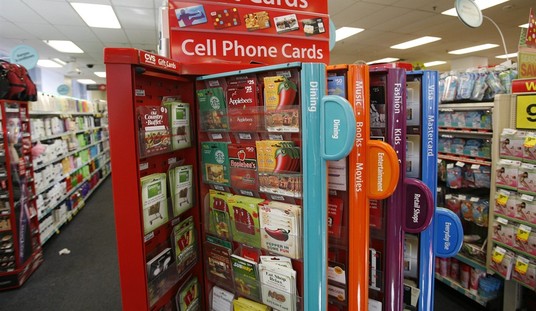Barack Obama is now the tenth most popular president of the last twelve at this stage of his presidency (six months since his inauguration).
A president with huge majorities in both houses of Congress, an adoring national media, enormous and constant media exposure, a fractured and rudderless opposition party, and bold plans to restructure America (change we can believe in) should be doing much better. Why has the public cooled to Obama and his policies, and how low can Obama’s approval ratings fall? Will a further big drop in Obama’s approval numbers derail his plans for cap-and-trade legislation in the Senate and health care reform ?
The Rasmussen Report surveys 500 voters each night and summarizes a three-day average of its results each morning. There is statistical noise in the daily results, but trend lines are apparent. In the first weeks of his administration, Obama, who won the presidency by a popular vote margin of 53% to 46%, hit overall approval ratings as high as 65%. The approval-disapproval score peaked at a 41% margin just before the inauguration (69%-28%) and a 35% margin (64% to 29% ) after the inauguration. Among those who strongly approve, or strongly disapprove, the peak percentage for strong approval was 45%, and Obama’s margin peaked at 30% (44% strongly approving, 14% strongly disapproving). Today, those numbers are 51%-47% net approval-disapproval, and 29%-34% among those feeling strongly about it. In other words, about 1 in 4 who supported Obama have switched sides, and the intensity of anti-Obama sentiment has grown substantially (more than doubled).
Almost every other survey has also shown a substantial decline in Obama’s approval ratings. The Democratic leaning group Democracy Corps has a new survey with Obama’s approval at 50% and disapproval at 43%, the narrowest gap since January.
In the last two years of the Bush presidency, approval ratings for the president dropped into the high 20s, low 30s. Disapproval ratings were at least double that. It is unlikely that Obama’s numbers will sink to the Bush level, at least not soon. Nonetheless, if unemployment hits 10% and keeps moving higher, and if the budget deficit numbers projected for 2009 and beyond keep growing, further erosion in Obama’s numbers is certain, probably into the low 40% approval range.
The president retains substantial and often fierce loyalty among a core group: liberals, union members, and minorities (African Americans, Hispanics, Jews). Many others who are nervous about one policy of the administration or another still want the president to succeed. At the moment, slightly less than a third of the public seems to be strongly in Obama’s corner, at least a third firmly opposed, and the middle third breaking about 2 to 1 for the president. This group is the one that can move away from the president, and given the far greater unpopularity of some of Obama’s key initiatives than of Obama personally, this could occur sooner rather than later.
A big part of the problem for the president at the moment is that his first big initiative — the $800 billion stimulus package — was sold with high expectations of success in turning the economy around. It was advertised as creating or saving 4 million jobs and preventing unemployment from getting any higher than 8%. The bill was passed with great haste, under enormous pressure from the president and a compliant, supportive national media.
Four months later, job losses are two million higher than then they were when the bill passed, and the unemployment rate has hit 9.5%. In China, a stimulus bill 2/3 the size of the American stimulus seems to have been far more successful, leading to a much higher growth rate in the economy (up from 6% to 8%). In China, stimulus money went largely for infrastructure projects and was out the door quickly. The Obama stimulus has been trickling out, and only 6% was for infrastructure (“shovel ready”) projects.
There is also anxiety among the public over a near two trillion-dollar federal deficit for fiscal 2009, and the prospect of trillion-dollar plus deficits each year in the near future. The health care debate plays into this anxiety, as Americans are concerned about more federal spending, bigger deficits, and higher taxes to pay for the broader access the reform bills propose. Climate change legislation is not a priority for most Americans, and if the Obama team is forced to pick one policy initiative to apply its declining political capital, it will surely be health care, not cap and trade. .
Policy wise, it is apparent that to get bills passed the Obama administration has chosen the path of taking pretty much anything Congress sends it. Obama Chief of Staff Rahm Emanuel seems to have concluded that the failure of a Democratic-controlled Congress to pass health care reform in the first years of the Clinton administration was due to creating “the sausage” in the White House and then trying to stuff it down the mouths of Congress. Better, he has decided, to have the process run the other way this time around.
The “logic” seems to be that something beats nothing and Congress will not give up its design prerogatives. The problem is that allowing Congress to have free reign designing monster size legislation (in terms of dollar impact on the economy and number of pages and provisions) inevitably leads to ideologically driven (and ineffective) special-interest pleasing bills. Americans are, by and large, not nearly as far to the left as the Obama administration or House Democratic leaders like Nancy Pelosi or Henry Waxman.
The longer the bills are discussed and picked over, and the provisions become public, the less popular they will be. Much like some of my favorite baseball teams, there could be a bad summer swoon ahead for President Obama.









Join the conversation as a VIP Member